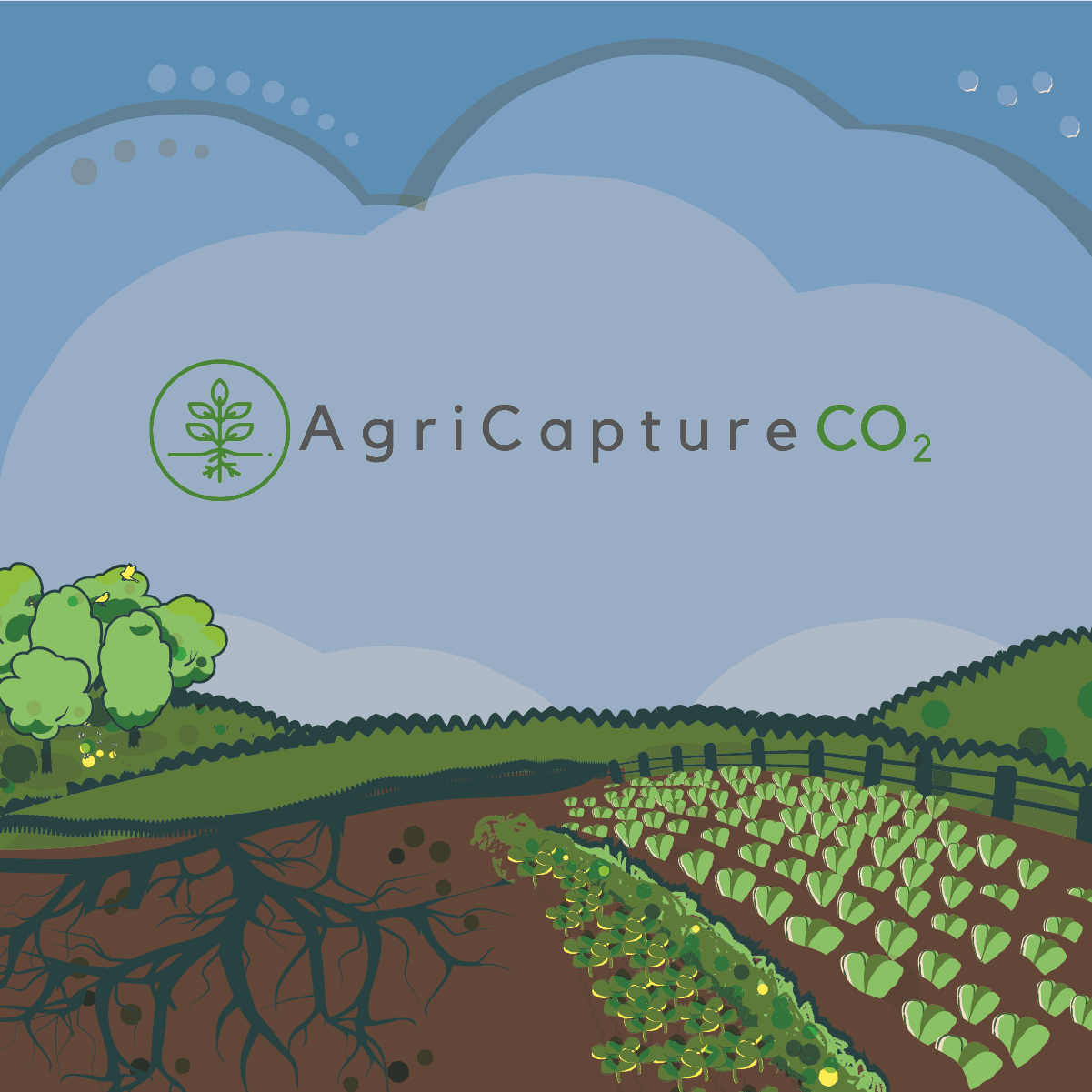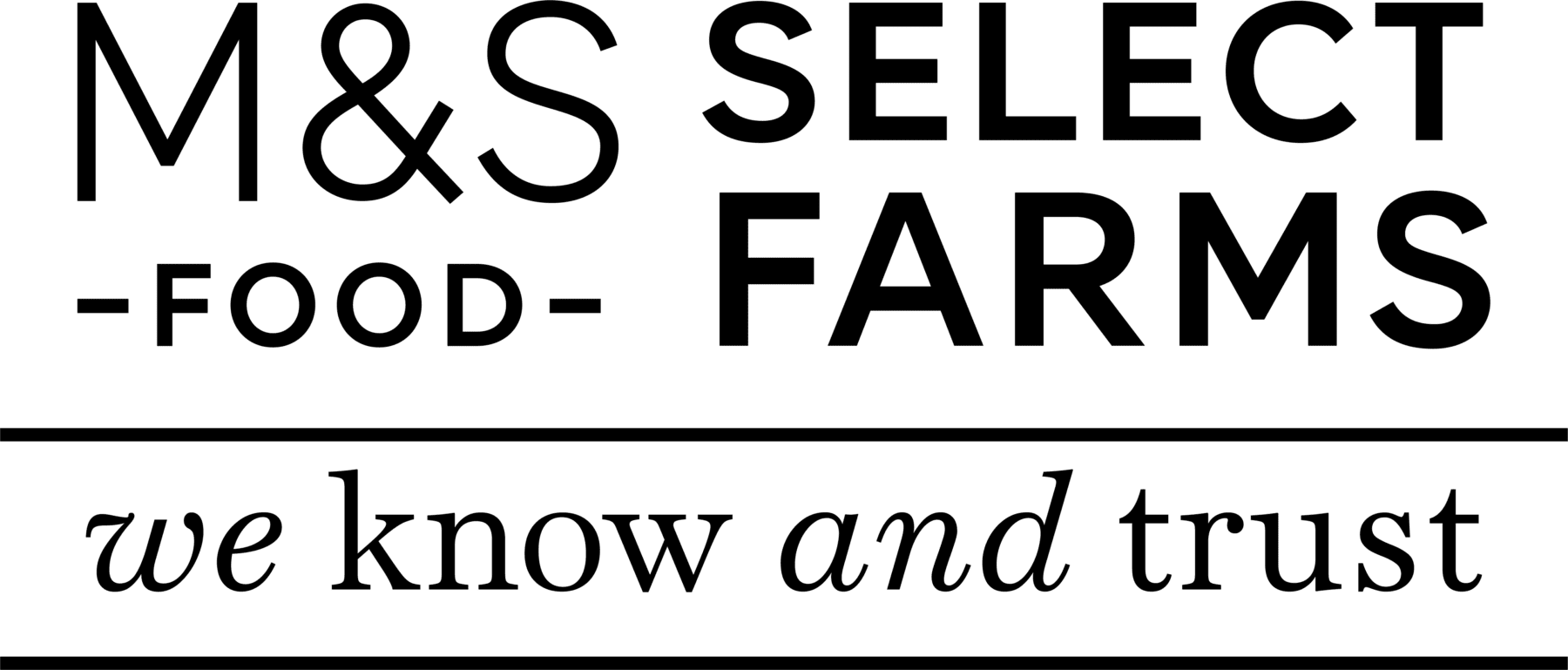

M&S in partnership with The Allerton Project and Fera are supporting farmers with a technology and science-led approach, aiming to provide new insights for farmers on the biodiversity on their farm.
Five M&S Indicator and Innovation Farms have been established across the UK, where growers trial new ways of farming in harmony with nature and measuring environmental improvements and benefits to those farming businesses over time. Two of these farms – AH Worths and G’s are also LEAF Demonstration Farms.
M&S-funded partners from the Farming and Wildlife Advisory Group, the GWCT Allerton Project and Fera science provide science, technologies and advice to support the farms in identifying opportunities to improve environmental performance and adapt to the challenges ahead; with learnings, insights and tools being shared across the grower base.
We are working with a number of these farms with technology-led approach, using novel methods from eDNA to remote sensoring and mapping using drone satellite data.
The partnership will develop solutions, tools and approaches to share with the wider M&S growers base on topics covered in the Farming with Nature modules – from habitat connectivity to IPM and soil health. This information is accessbile to farmers through the Grower Hub website.


M&S Grower Hub
Information about the I&I farms is made available to the wider famly of M&S growers on a dedicated website – The M&S Grower Hub.
The site gives details about the research carried on the farms along with updated on the effectiveness of the methods put in place for other growers to put into practice on their farms.
Access to the full grower hub and information is only for M&S growers.
The I&I Farms
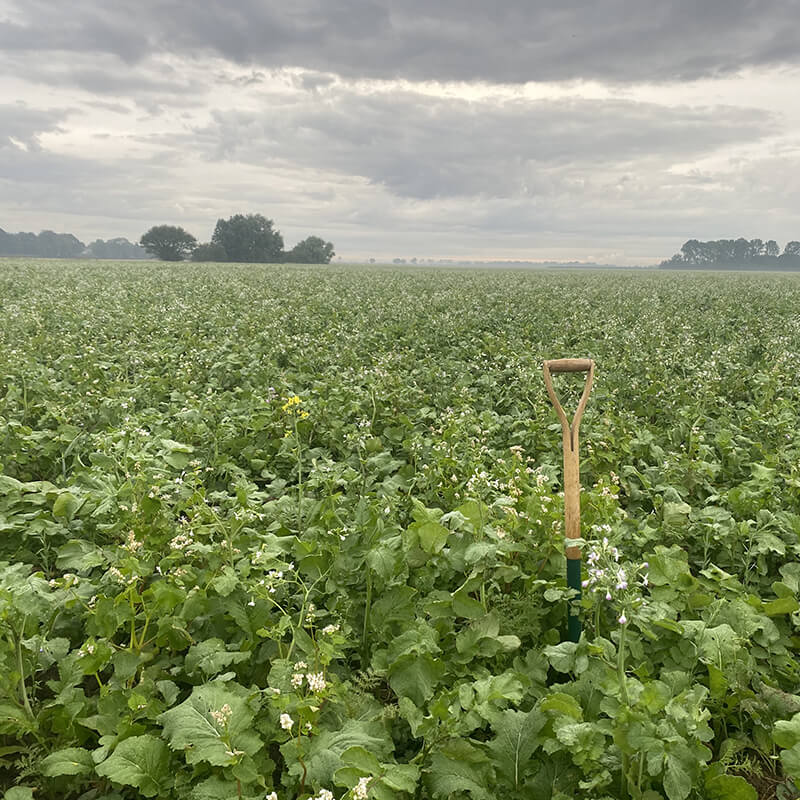





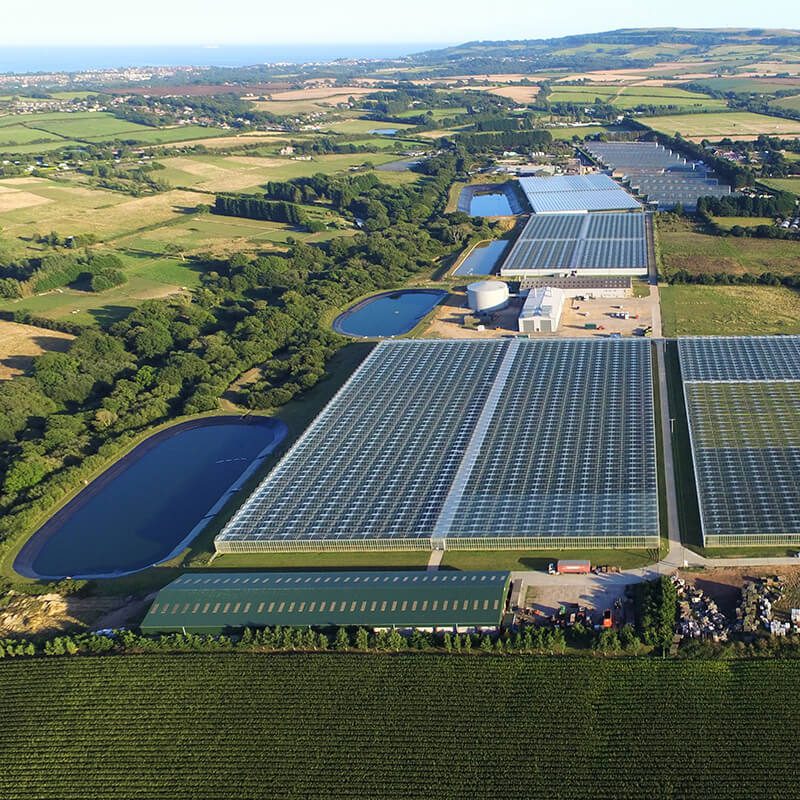





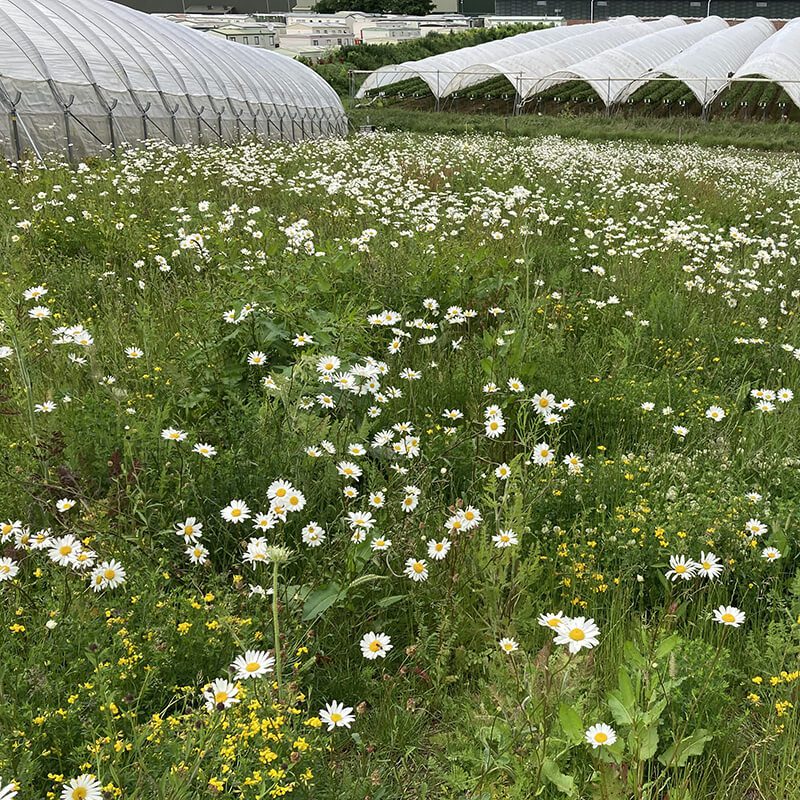





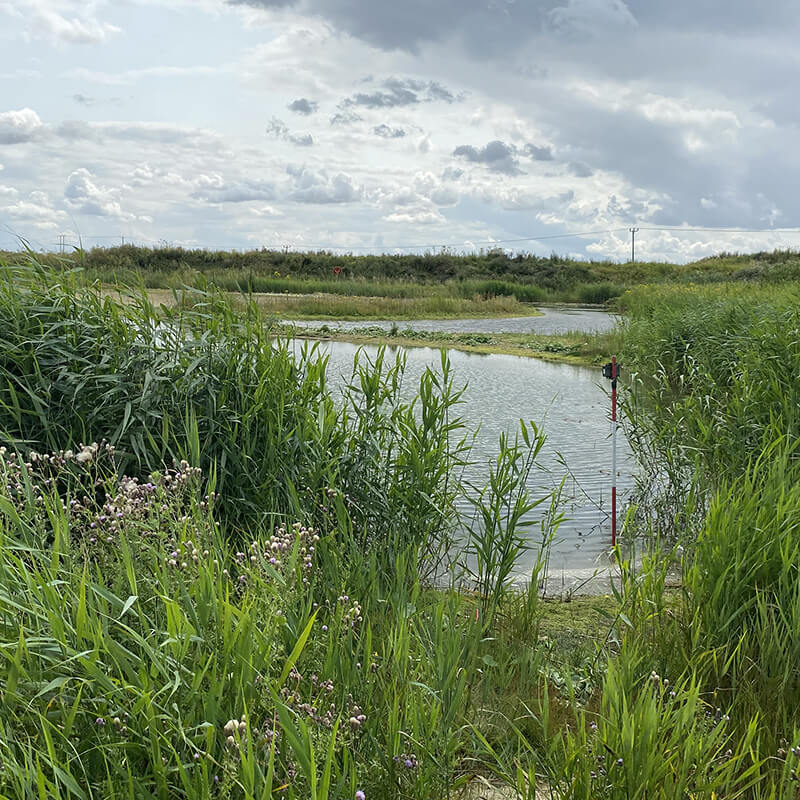





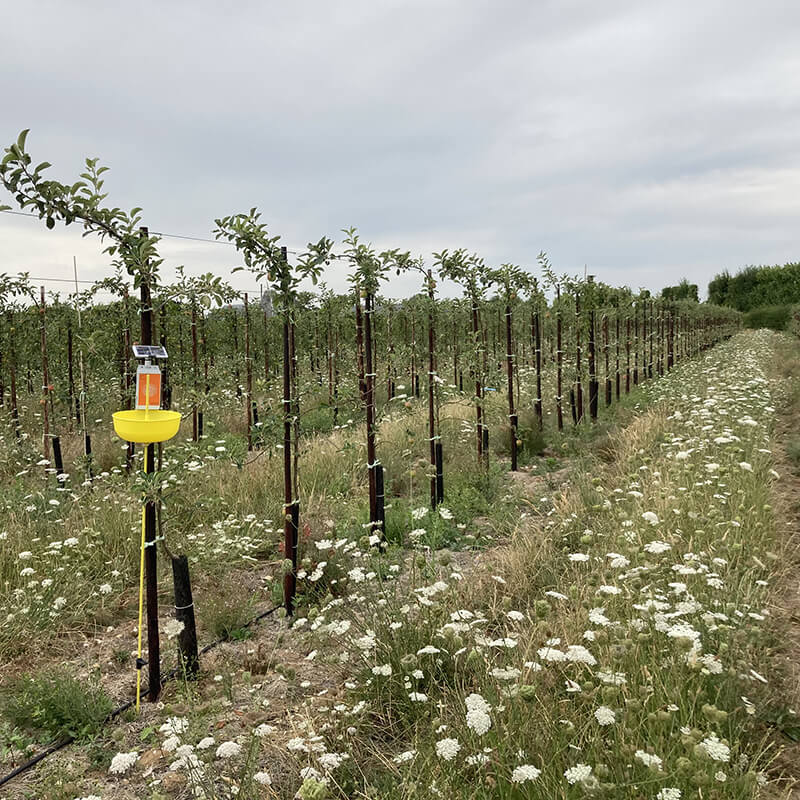







Indicator and Innovation Farms
AH Worth
Crops:
Potatoes
Area of research:
Soil health
Cover Cropping
Nematodes
AH Worth supply M&S with potatoes, a crop which had traditionally relied on the plough to create suitable soil conditions.
The business has recently embarked on a regenerative farming journey to look at a series of regenerative farming approaches. The use of cover crops over winter to maintain soil structure is a key element which allows a significant reduction in cultivation requirements.
The Project
The project is focusing on assessing the widespread benefits of taking a regenerative farming approach. A trial area of 350 ha around the home farm is being managed using regenerative approaches throughout the rotation:
- No plough
- Using cover crops to keep soil structure throughout the winter
- Reduced tillage in the spring
- Anaerobic digestate to help build soil organic matter
Scientists from FERA and GWCT are analysing the soil in detail to help the farm to understand how their management changes are impacting on soil microbial activity, organic matter build-up and the potential for sequestering carbon. Working with Hutchinsons the trial area has been terra mapped to accurately map soil type and this mapping has allowed us to design effective sampling strategies for the different soil tests.
Ultimately the farm hope to generate levels of carbon sequestration over and above the carbon footprint of the business and it is hoped that this work will allow the farm to accurately measure the benefits of different management techniques from carbon storage to crop health and reduced inputs and costs. Further information will be analysed to help understand the business case for this work too.


Indicator and Innovation Farms
APS Isle of Wight
Crops:
Tomatoes
Area of research:
Drone mapping
Biodiversity monitoring
Habitat management
The APS site at Arreton on the Isle of Wight supply a range of tomato varieties to M&S from beefs to cherry types.
The M&S Farming with Nature Indicator and Innovation Farm Project will focus on how the APS site fits within the wider Isle of Wight landscape which was designated as a UNESCO Bioshpere site in 2019. With help from FERA and GWCT the business will work to provide a catalyst for engaging with the wider community to enhance biodiversity on the island.
The Project
The glasshouses are essentially closed systems where the environment is carefully controlled so the farming system is not naturally reliant on biodiversity for ecosystem services like pollination, predator control and the breakdown of soil organic matter. Instead, the M&S Farming with Nature Indicator and Innovation Farm Project is focusing on how the APS site fits within the wider Isle of Wight landscape which was designated as a UNESCO Bioshpere site in 2019. With help from FERA and GWCT the business is working to provide a catalyst for engaging with the wider community to enhance biodiversity on the island.
The new English Land Management Scheme will be looking to encourage collaboration between farmers and communities in the future. Enhanced payments will be available for this type of collaborative working and we hope to develop a blueprint of how this might be possible within horticulture history. We have explored private funding opportunities like biodiversity net gain but the opportunities are limited on the Isle of Wight due to minimal development on the island. A publicly available mapping tool called LandApp has be used, along with high resolution remotely sensed data to map red squirrel habitat connectivity and we have also used a drone camera to capture detailed habitat data along the Wroxal tributary which flows into the East Yar River. On site the team are using Seek, the app from i-naturalist that will identify species of plant and insect from a photograph to help monitor biodiversity on site. They have their own QR code so all the species recorded by staff on site go into the same database. Some of the staff have also had training in how to monitor pollinators so the impact of habitat management work on pollinators can be monitored.


Indicator and Innovation Farms
Clockhouse
Crops:
Raspberries
Strawberries
Area of research:
Biodiversity
eDNA
Wildflowers
Clockhouse Farm are based near Coxheath in Kent and supply strawberries and raspberries to M&S.
Boosting crop beneficials is a key part of this project and the farm will be working with NIAB East Malling Reasearch and GWCT on the Beespoke Project to investigate ways of maximising pollination and natural pest control. Specifically designed wildflower mixes will be established around the farm and in some new polytunnels, in order to boost invertebrate populations. In addition alder and poplar windbreaks will gradually be replaced with natural hedges to further support invertebrate and provide a network of overwintering host plants for many crop pest predators.
The Project
As populations of crop beneficials develop, scientists from NIAB, EMR and FERA are monitoring invertabrates visiting strawberry plants. A really exciting part of this project is developing a number of eDNA and metabarcoding tools that can identify what invertebrates are present in the polytunnels, visiting the plants and even being eaten by predatory spiders. They are developing some quick and easy ways for growers to monitor their crop beneficials.
This project is also using the LandApp mapping tool as the basis for a living whole farm conservation plan. The Beespoke Project has identified how important the wider landscape is to invertebrates and of course a wider range of wildlife. Local FWAG adviser, Paul Cobb, is working closley with the farm to ensure that even the smallest pockets of unfarmed land meet their full biodiversity potential.


Indicator and Innovation Farms
Gs Growers
Crops:
Celery
Lettuce
Area of research:
Pollinator and Bat monitoring
Habitat creation
Acoustics
Cambs Farms Growers supply M&S with lettuce and celery grown on farms where the land is managed to harmonise conservation and agriculture.
This is acheived through a series of Countryside Stewardship Schemes across a number of farms to support the creation of wildlife friendly corridors of habitat. Wetland creation, wild bird boxes, wildflowers, pollen and nectar mix, wild bird seed mix and tussocky grass strips have been and continue to be created which deliver biodiversity benefits over a much wider area. Every inch of land is managed appropriately which is ultimately impacting on the long-term sustainability and productivity of the business.
The Project
One of G’s farms called Hainey Farm has been in a Higher Tier Environmental Stewardship Scheme for over 10 years and numbers of barn owl, tree sparrow, cuckoo, yellow hammer, lapwing, brown hare and water vole have increased dramatically. Whilst the farm have been great at creating wildlife habitat they have not really been able to monitor biodiversity except for birds and this is something that they are keen to do better to ensure that they are acheiving their objectives.
Scientist from FERA and GWCT will be looking at a range of solutions from high tech to more manual farm-based monitoring to develop a picture of how wildlife responds to significant habitat creation. We will be comparing parts of the farm with a high density of habitats compared with other areas where cropping is more important and we are currently testing acoustic monitors for bees and bats. These are remote sensors where data can be downloaded at the end of the season. ELMS and the Local Nature Recovery Scheme is looking for large scale land use change to support wildlife and the project aims to demontrate how this can be successfully integrated into a highly commercial farming environment.


Indicator and Innovation Farms
Plumford
Crops:
Apples
Area of research:
Wildflower strips
Invertebrate sampling
Biodiversity
Plumford Farm, near Faversham in Kent, supply a range of apples to M&S and grow a number of heritage varieties.
Simon and Chris Elworth have long understood the benefits of promoting insect diversity in there orchards and have established wildflowers througout many of their orchards to attract bees, hoverflies and other important pollinators. In addition, they are gradually replacing traditional wind breaks with native hedges that contain hawthorn, blackthorn, field maple, dogwood and hazel to promote early nectar sources for bees and overwintering refuges for a range of invertebrates including many crop pest predators.
The Project
The M&S Farming with Nature Indicator and Innovation Farm project is building on this fantastic work to boost crop beneficials by investigating the impact of different densities of wildflowers on invertebrates in a new orchard. Kings Crops, Frontier have recently launched an IPM flower mix which contains species from three key flower families: Umbellifers, Rosaceae and Asteraceae. These families support many predatory insects including hoverflies, ladybirds, lacewings and spider as well as solitary bees that are key pollinators. With practical advice and support from Kings this mix has been established at different densities throughout the 6 ha orchard. Scientists from NIAB, EMR and FERA are monitoring the trial area to detect any differences in invertebrate numbers and develop eDNA and metabarcoding techniques to support growers in the future.
Plumform is also home to 50 ha of ancient semi natural woodland and an extensive area of calcareous species rich grassland. This has been incorporated into the Landscape and Nature Conservation Plan using LandApp and the project will explore ways in which a diverse farm that has arable and horticultural enterprises can make the most of ELMS and future agri-environment funding.

